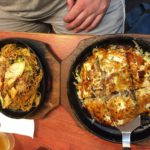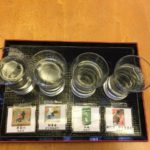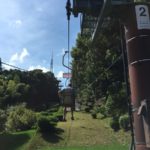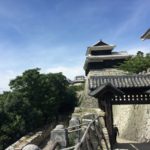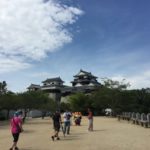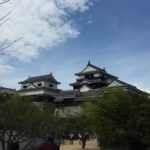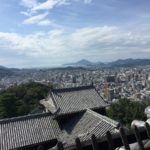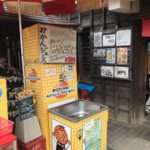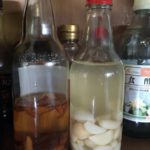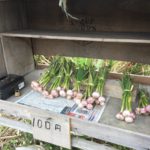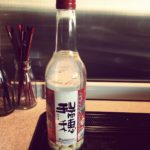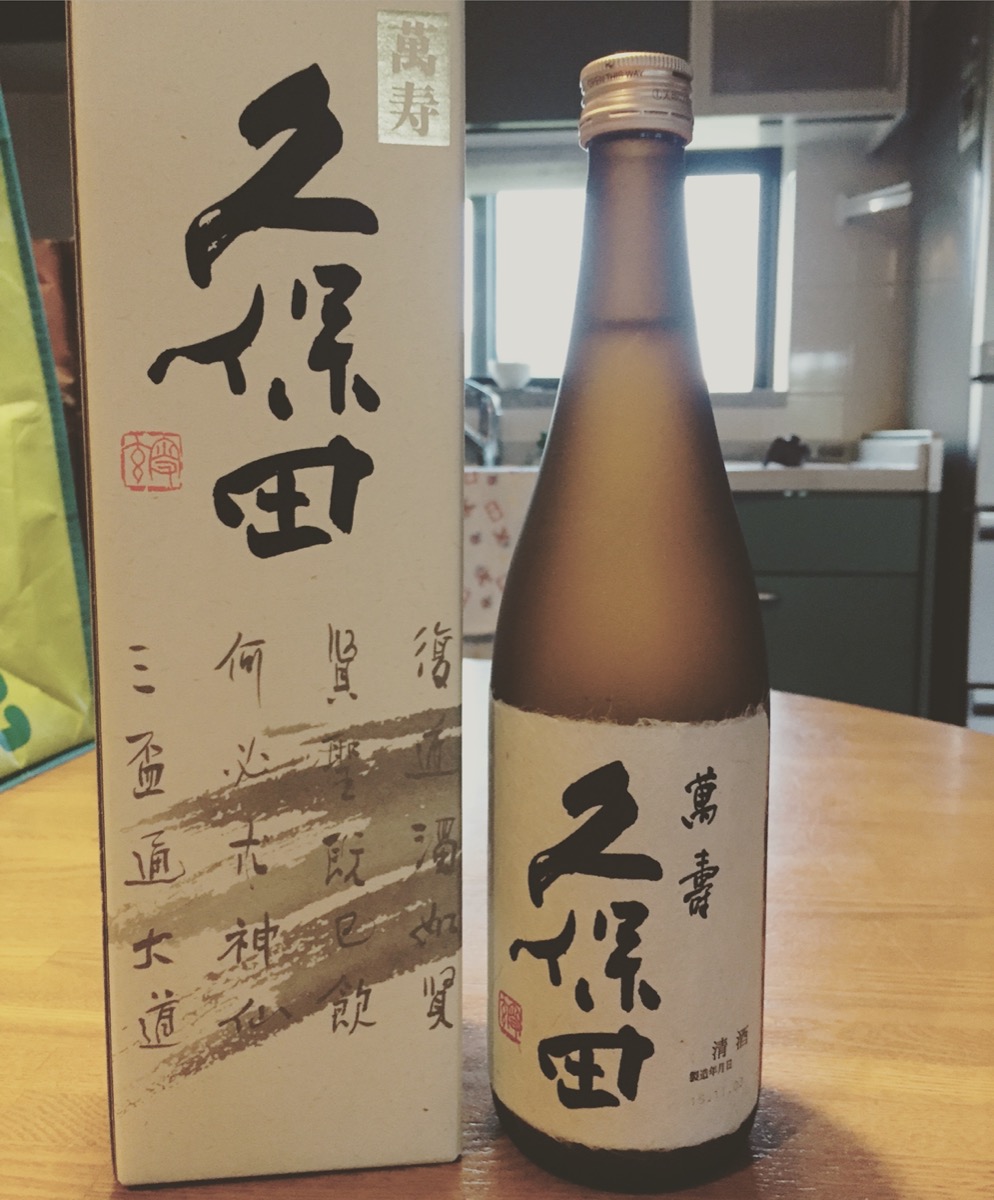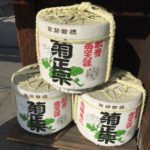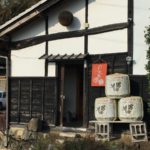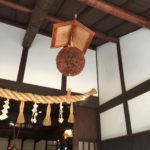Continuing from where I left off about Matsuyama, part 1…
After Dogo onsen area, we set out for lunch and walked a bit aimlessly until we settled on an okonomiyaki place, which turns out to be a lovely find. We split a kimchi yaki-ramen and a Hiroshima style okonomiyaki with some beer. The owner ojiisan and customers were a bit amused by the gaijin coming inside (this was not exactly on the main path, but rather tucked behind some sketchy neighborhoods), and then being able to order in Japanese. Quite good, really.
Next it was time for sake (nihonshu) sampling! There is a place where you can (for a price) sample sake from all over the prefecture. The price is per glass, so not really so much as sample, as just a small glass. To be quite honest, I felt completely overwhelmed by the menu… so I plucked up my courage and asked in Japanese if he (the worker) could recommend 4 different sakes from Ehime prefecture, since I really do not know enough about the subtle differences of sake to decide. Luckily, he understood my dilemma, and I got the feeling this was actually quite normal for Japanese to ask for his recommendations, so he chose 2 sweet and 2 dry for us. I was relieved, as I wanted to try some, but again… the menu had probably over 50 different choices with not much description that I could properly understand (other than the very basic types and alcohol percentages). I would definitely recommend visiting this shop if you find yourself in Ehime, and try some of the local alcohol.
It was still fairly early, so we decided to go ahead and visit the castle since there was rain in the forecast for the following day (and good thing we did!). To get to the castle, you can walk up a steep trail or for 1020 yen round trip + castle tower entrance fee (entrance by itself is 510 yen), you can take either a chair lift or a ropeway car. My husband wanted to take the chair lift since it would be more exciting. The chair lift is continuous, so there is essentially no wait time to get on (the seats are individual, so no riding in twosies), while the ropeway leaves every 10 minutes, and has room for probably a dozen or so people in the cabin. The chair lift has no restraints, you just sit in the chair and hold on… I felt a little nervous, but it was fun and the view wonderful. At the top, you still have to hike a bit up to the castle no matter which mode of transport you chose.
The castle and grounds were really nice; the views on top of the tower were quite good. The tower was pretty interesting, lots of historical information. You must remove you shoes to enter the castle tower, and you can opt to wear rubber slippers. The stairs inside are very steep and narrow, just as a fair warning in case this might pose a problem. I almost slipped a few times.
After the castle, of course I need another snack so my husband and I split an iyokan 伊予柑(type of local orange citrus) soft serve by the chair lift/ropeway (which is CHEAPER than the one by the castle, only a few meters away!). It was delicious! I highly recommend trying this if you visit in warmer weather.
At this point, we head back to the room clean up and get ready for the next exciting adventure: the festival! To be continued in Part 3!
Again, a very small sampling of photos, for more visit: https://imgur.com/a/03dUy
